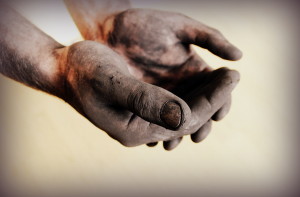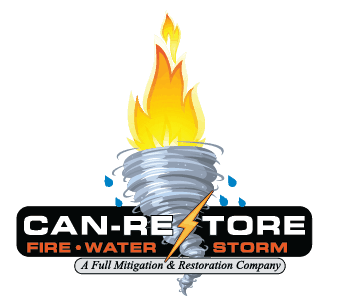 How hard could the soot removal process really be?
How hard could the soot removal process really be?
When there’s been a fire and there’s smoke damage, soot removal will be on the cleanup to-do list. When we think of soot many of us picture what’s inside our fireplaces, what’s left behind after burning a candle, or what Burt from Mary Poppins had to deal with as a chimney sweep. But that’s not the reality when it comes to smoke damage from a house fire. Here’s the real deal about modern day soot removal.
What is Soot?
Soot is the black stuff left behind after a fire. For a more technical explanation, soot is made up of mainly carbon particles that are the result of incomplete combustion. In other words, soot is what’s leftover after a fire. The thing is, soot particles are tiny, smaller than dust or mold, which is amazing when you see the enormous area it can cover in a short amount of time.
Is All Soot Created Equal?
All soot is not created equal. The makeup of the soot is determined by what was burned during the fire. Since soot is what’s left of the fuel, it varies greatly depending on many factors, the primary being what got burned.
If the main source of fuel was synthetic materials and plastics, common in most house fires, the soot is going to be oily and smeary. It will be difficult to remove and resistant to simple water cleanup, so it will require special cleaners.
If the primary fuel was protein, common in a kitchen fire, the soot is going to be nearly invisible but will penetrate into every surface and is incredibly difficult to remove.
Dry, powdery soot is left after a wood fire and though it seems like it would be easy to wipe up, it requires dry cleaning methods as water will make it smear and stain.
What Damage Can Soot Do?
Soot may seem like a harmless byproduct of a fire, but that’s not accurate. Soot is actually quite damaging and toxic. If not treated quickly it can continue to harm your property causing irreversible damage. Soot contains not only carbon but acids and chemicals and even particles of metal and dust.
Soot is so corrosive that over the course of several days it can completely destroy windows, fixtures, and appliances. It can also ensure you’ll have to replace all of your flooring, paint, wallpaper, and cabinets. It’s that bad.
And even scarier, soot is really hazardous to your health. Because soot particles are so small, when they are inhaled, they can travel deep into the lungs causing irritation and possible injury to your respiratory system. You should never enter your home after a fire without the proper safety gear to make sure you don’t disturb the soot and then inhale it.
Tools and Gear
Unlike Burt and the other chimney sweeps who simply needed their chimney brushes, soot from a fire requires an altogether different arsenal of weapons to fight back and clean it up completely.
These tools include the right types of cleaners and products to breakdown, capture, and clean away the soot including degreasers, cleansers, chemical sponges, and ozone generators.
The key, as we mentioned before, is to understand the type of fire that took place and what will be needed to effectively address the mess.
Soot from a fire is no joke, it’s toxic, damaging, and needs to be cleaned up as quickly as possible. Instead of putting yourself at risk, it’s best to trust the pros with this kind of cleanup job. They know what they’re doing and can keep themselves, and you, safe during the process.
If you have smoke damage, don’t wait and don’t try to clean it up yourself. Contact Can-Restore for help with the soot removal process by clicking this link.

